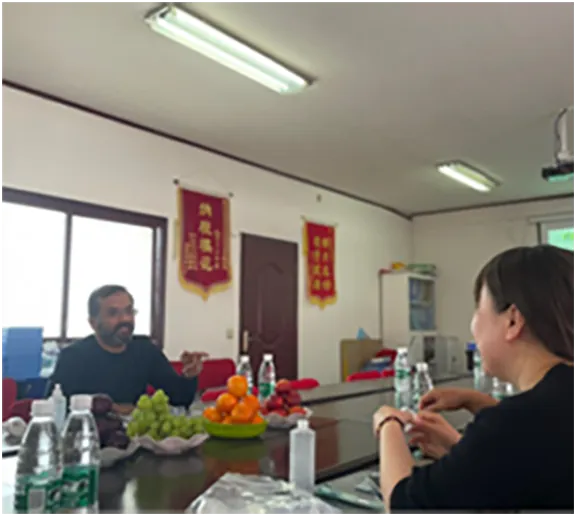plastic petri dish material
The Role of Plastic Petri Dish Material in Modern Science
Plastic petri dishes have become indispensable tools in laboratories around the world, primarily for their practicality, versatility, and cost-effectiveness. These shallow, cylindrical dishes are frequently used to culture microorganisms, conduct experiments, and perform various biological assessments, making them a cornerstone of microbiological and biochemical research.
Material Composition and Characteristics
The primary materials used to manufacture plastic petri dishes are polystyrene and polycarbonate. Polystyrene is the most common choice due to its excellent clarity, strength, and affordability. It is a thermoplastic polymer that becomes moldable upon heating and solidifies upon cooling, allowing manufacturers to produce petri dishes in large quantities with high precision. The clarity of polystyrene also allows for easy observation of microbial growth without the need for additional equipment.
Polycarbonate, on the other hand, offers impact resistance and chemical durability, making it suitable for applications that require sterilization at high temperatures. However, it is more expensive compared to polystyrene. The choice of material affects not only the performance of the dish but also its interaction with various culture media and environmental factors. For example, polystyrene dishes may leach certain chemicals under specific conditions, which could interfere with sensitive biological experiments.
Sterilization and Biocompatibility
plastic petri dish material

An essential feature of plastic petri dishes is their ability to withstand sterilization processes, which is crucial for maintaining sterile conditions when culturing microorganisms. Most plastic petri dishes are designed for single use and are typically autoclaved or gamma-irradiated to ensure they are free of contaminants prior to use. This property is vital in laboratory settings where contamination could lead to unreliable results.
Furthermore, the biocompatibility of the dish material is of great importance, especially when culturing human or animal cells. Researchers select materials that do not negatively affect the growth of cells or introduce interference in their metabolic processes. The successful growth of various cell types on these dishes has led to advancements in cell culture techniques, biopharmaceutical production, and tissue engineering.
Sustainability Concerns
As the demand for plastic products grows, environmental concerns regarding the use and disposal of plastic petri dishes have come to the forefront. Many laboratories generate significant amounts of plastic waste due to the single-use nature of these dishes. In response, some manufacturers are developing biodegradable alternatives or encouraging recycling programs. Additionally, innovations in laboratory practices are being pursued, such as the use of reusable glass petri dishes, which, while requiring stringent sterilization methods, can significantly reduce plastic waste in the long run.
Conclusion
Plastic petri dish material plays a crucial role in modern scientific research and has enabled numerous biological discoveries over the years. Their practicality, affordability, and adaptability make them a staple in laboratories worldwide. However, as the scientific community becomes more aware of environmental issues, there is an urgent need to balance research efficiency with sustainability. Continued innovation in materials and practices will be essential to ensure that the use of plastic petri dishes can coexist with efforts to preserve our planet. In conclusion, while plastic petri dishes remain vital in scientific inquiry, the future will likely see a shift toward more sustainable practices that align with the growing environmental consciousness of contemporary society.
-
Aesthetic Makeup Spray Bottles | Fine Mist Empty RefillableNewsAug.19,2025
-
White Plastic Veterinary Vaccine Vials | Lab Liquid BottlesNewsAug.18,2025
-
Plastic Medicine Liquid Bottle: Secure Flip Top Drug VialsNewsAug.17,2025
-
Durable 250ml Blue Plastic Vaccine Vial for Lab & Vet UseNewsAug.16,2025
-
Sterile Virus Sample Tubes: Secure & Reliable Specimen CollectionNewsAug.15,2025
-
White 250ml Plastic Vaccine Vial for Lab & Vet MedicineNewsAug.14,2025
























